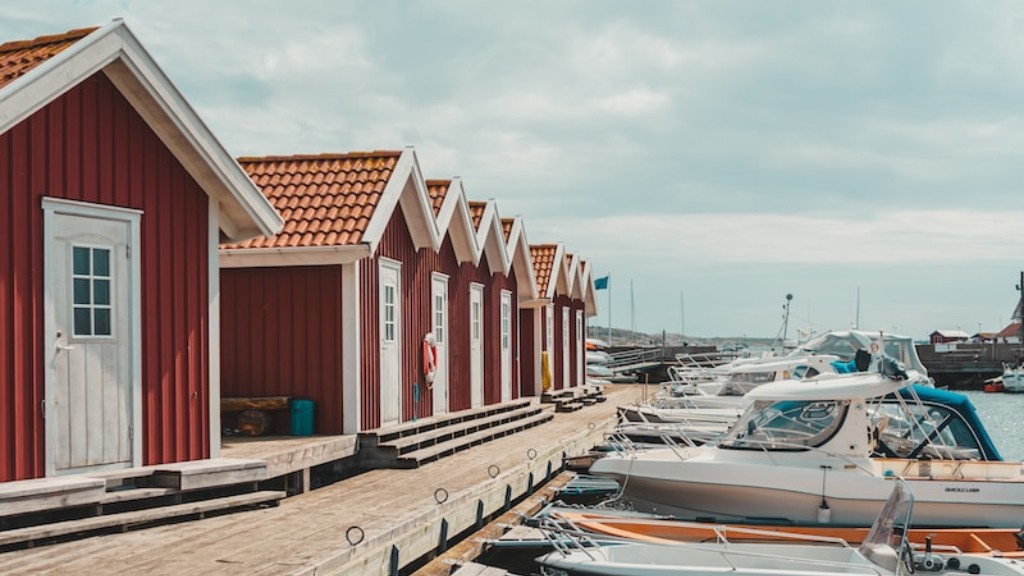What to Know When Traveling to Sweden
Sweden, located in Northern Europe, is a fascinating destination known for its stunning natural landscapes, rich history, and vibrant culture. Whether you’re planning a trip to Stockholm, Gothenburg, or exploring the remote wilderness, there are several important factors to consider before your journey. This article will provide you with the essential information, glimpses from experts, and valuable insights for traveling to Sweden.
1. Climate and Seasons
Situated in the northern latitudes, Sweden experiences a varied climate throughout the year. Summers are generally mild and pleasant, with temperatures ranging from 20°C to 25°C (68°F to 77°F). Winters can be cold, especially in the north, with temperatures often dropping below freezing and snowfall being common. The best time to visit Sweden depends on the activities you plan to engage in. If you enjoy winter sports, such as skiing or ice skating, visit during December to March. For outdoor adventures and exploring the picturesque countryside, the summer months from June to August are ideal.
According to climate expert Dr. Emma Andersson, “Sweden’s climate can be unpredictable, so it’s important to pack accordingly. Layered clothing is essential as temperatures can change throughout the day. Even in summer, a light jacket or sweater is recommended for cooler evenings.”
2. Currency and Payments
The official currency of Sweden is the Swedish Krona (SEK). While credit cards are widely accepted, it’s advisable to carry some local currency for smaller establishments and public transportation. ATMs are available throughout the country, and currency exchange services are available at international airports, major train stations, and banks. It’s always beneficial to inform your bank about your travel plans to avoid any issues with card usage abroad.
3. Transportation
Sweden boasts an efficient and well-connected transportation system. The country has an extensive network of trains, buses, and domestic flights, making it easy to travel between cities and regions. The Swedish Railways (SJ) provides comfortable and reliable train services, offering beautiful scenic routes, including the famous Stockholm to Gothenburg line.
For urban travel, cities like Stockholm and Gothenburg have excellent public transportation systems, including buses, trams, and subway networks. In Stockholm, the Stockholm Card provides unlimited access to public transport and free admission to many attractions.
4. Language
The official language of Sweden is Swedish. While most Swedes speak English fluently, it’s always appreciated when visitors make an effort to learn basic Swedish phrases. Familiarize yourself with greetings like “Hej” (Hello) and “Tack” (Thank you), as well as common phrases like “Ursäkta mig” (Excuse me) and “Var ligger…?” (Where is…?). Being polite and attempting some Swedish phrases will surely enhance your interactions with the locals.
5. Cultural Etiquette
Swedish culture is known for its emphasis on equality, simplicity, and respect for personal space. When interacting with locals, it’s important to greet with a handshake, look the person in the eye, and use proper titles unless otherwise suggested. Swedes value punctuality, so make sure to arrive on time for appointments and meetings. In social settings, it is customary to remove shoes when entering someone’s home, and it’s polite to wait until the host starts eating before you begin.
6. Must-See Attractions
When visiting Sweden, there are several must-see attractions that should not be missed:
- Stockholm: Explore the charming Old Town (Gamla Stan), visit the Vasa Museum, and take a boat tour of the archipelago.
- Gothenburg: Enjoy the Liseberg amusement park, stroll around the Haga district, and visit the Universeum science center.
- Kiruna: Experience the breathtaking northern lights, go dog sledding, and visit the famous Icehotel.
- Gotland: Discover the medieval town of Visby, relax on beautiful sandy beaches, and explore the unique rock formations of Langhammars.
7. Nature and Outdoor Activities
Sweden is a paradise for nature lovers and outdoor enthusiasts. With thousands of lakes, forests, and national parks, there are endless opportunities for hiking, biking, canoeing, and wildlife spotting. The Swedish Right of Public Access allows visitors to roam freely in nature, as long as they respect the environment and private properties. Don’t forget to pack appropriate outdoor gear, including sturdy hiking boots, waterproof clothing, and mosquito repellent.
8. Swedish Cuisine
Swedish cuisine is diverse, hearty, and influenced by its surroundings. Traditional dishes include Swedish meatballs, gravlax (cured salmon), and smörgåsbord (a buffet-style feast). Don’t miss the opportunity to try the iconic cinnamon buns (kanelbullar) and lingonberry jam. For the adventurous foodies, sampling surströmming (fermented herring) is a unique experience, although the strong smell can be overwhelming for some.
9. Safety and Health
Sweden is generally considered a safe country to visit. However, it is always important to take normal safety precautions, such as keeping an eye on your belongings and avoiding poorly lit or deserted areas, especially at night. Travel insurance is highly recommended to cover any unforeseen medical expenses or trip cancellations. Sweden has a high standard of healthcare, and emergency medical service (Ambulans) can be reached by dialing 112.
10. Conclusion
With its breathtaking landscapes, rich culture, and friendly locals, Sweden offers a memorable travel experience. By being aware of the climate, local customs, and essential details, you can make your trip to Sweden a truly unforgettable adventure. So pack your bags, embrace the Swedish spirit of “lagom” (moderation), and get ready to explore this fascinating Scandinavian country.



